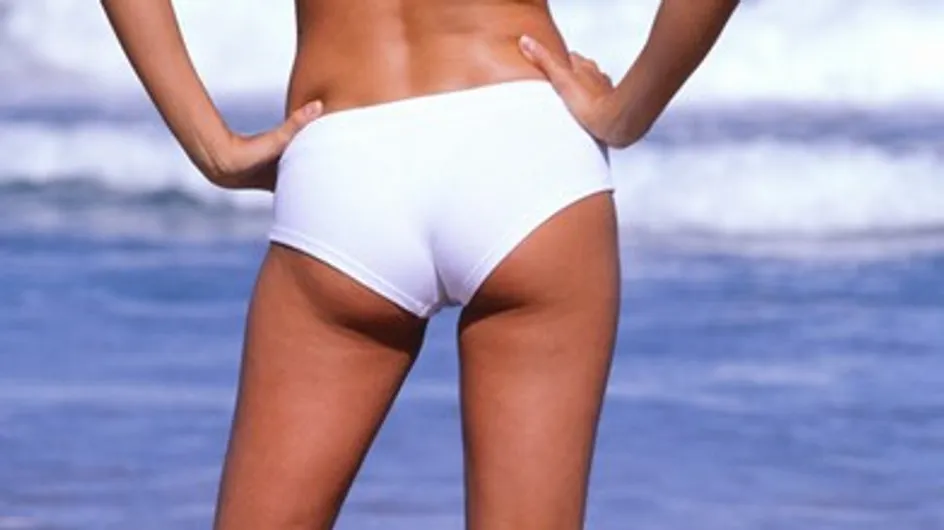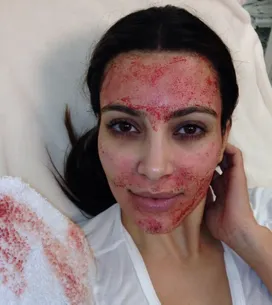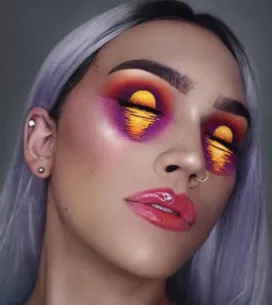Sunlight
The solar spectrum is made up of electromagnetic rays of energy and with varying wave lengths. They penetrate the skin deep down and cause biological effects that are both beneficial and harmful.
What are UV and IR rays?
Ultraviolet rays (UV) are electromagnetic rays with intermediate wave lengths (in between visible light and X rays). Infra-red rays (IR) are electromagnetic rays with a wave length higher than visible light.
There are several types of ultraviolet rays: UVA (400-315nm), UVB (315-280nm) and UVC (280-10nm).UVC are the most harmful, but they don’t reach the earth’s surface because they are completely filtered by the ozone layer in the atmosphere. UVB have a medium wave length and do not penetrate beyond the superficial layers of the skin (they are absorbed by the cornea layer).UVA rays have a relatively long wave length and represent close to 95% of the UV rays that make it to the earth’s surface.
What are the characteristics?
The heat we feel from the sun comes form infra-red rays. UV rays break through the atmosphere even in cold and cloudy weather. They are at their strongest between 11am and 3pm. The higher we climb in altitude, the more exposed we are to the sun's rays. In addtion, UV rays are reflected by water (which reflects 5% of rays), sand (20%), grass (5%) and most of all snow (85%).
What do UV rays do to the skin?
UVB rays affect the epidermis, stimulating melanin (red-brown pigments) that colours skin and protects it from the sun's rays. These same UV rays give you a lasting tan in 48 hours.UVA rays penetrate deeper into the dermis. These rays are responsible for ageing of the skin: they attack the elastine, collagen fibres and protein in the skin, where all scars are irreversible. A sunburnt area will remain sensitive for life and should be protected with extreme care. IR (infra red) rays penetrate into the deepest layers of the skin. They make you tan a little and create a phenomena called vasodilatation that can lead to circulation problems.
Properties
UVB
+ Essential for the synthesis of vitamin D which fixes calcium to bones and plays a fundamental role in the structure of the epidermis. Tans skin.
- Causes sunstroke and can cause cellular mutation.
UVA
+ An instant but temporary tan.
- Generates free radicals that cause cells and supporting fibres to change (leading to photoageing). This causes the appearance of wrinkles, age spots and the development of skin disease, from the benign to the more serious (melanoma or skin cancer).
Infra red
+ Pleasant sensation of heat.
- Dehydration and dry skin.
NB
Always use very high sun protection to keep your skin healthy.














